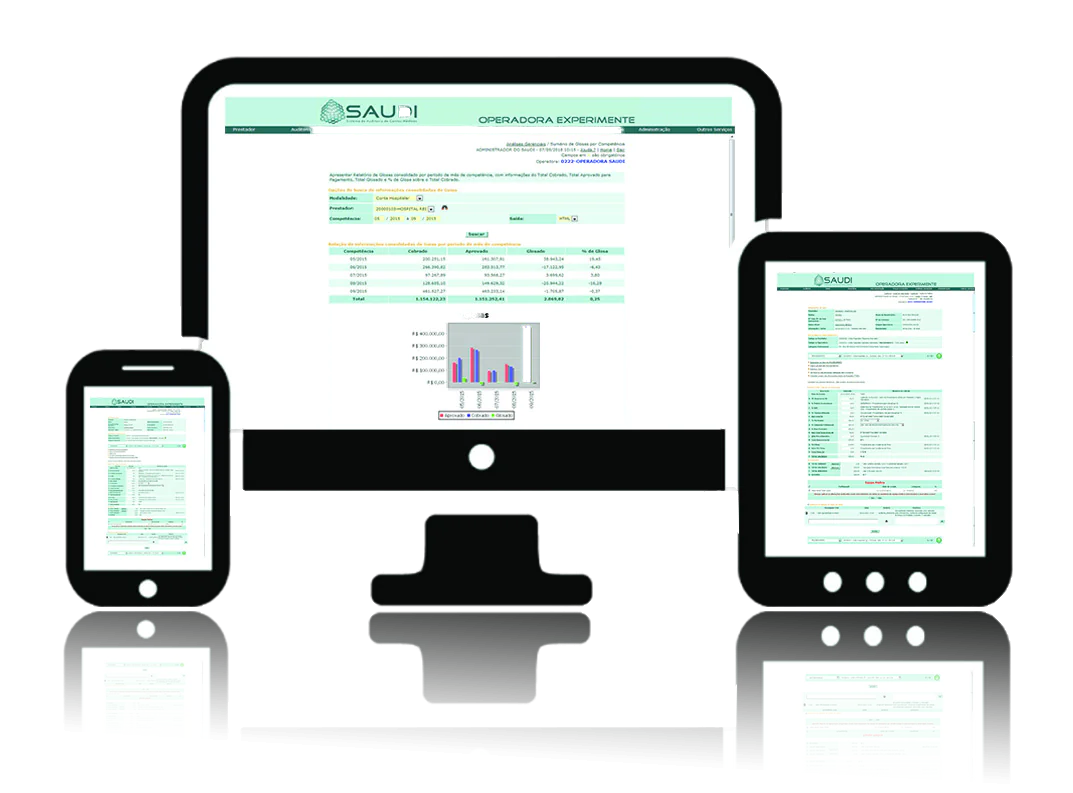 Verticalization in supplementary health refers to the vertical integration strategy adopted by health insurance companies.
Verticalization in supplementary health refers to the vertical integration strategy adopted by health insurance companies.
This means that a single company controls several stages in the process of providing healthcare services, from the plan operator to the hospitals, clinics, laboratories and healthcare professionals.
This model has gained prominence in Brazil, especially among large operators seeking greater efficiency and control over costs and the quality of services provided.
What is verticalization in supplementary health?
In supplementary healthcare, verticalization occurs when the same entity controls and manages various stages of the healthcare services value chain. For example, a health plan operator that also owns hospitals, clinics and laboratories is practicing verticalization. This model differs from the traditional one, in which operators contract health services from third parties. The idea is to offer more integrated and continuous patient care, reducing costs and increasing operational efficiency.
Advantages of verticalization
 1. Cost reduction (high probability): One of the main advantages of verticalization is the reduction of operating costs. By eliminating intermediaries and negotiating directly with their own hospitals and health professionals, operators can better control expenses. These savings can potentially be passed on to beneficiaries in the form of lower monthly fees. Cost reduction is directly related to the degree of effectiveness of the management at the head of processes. When not well managed, the opposite effect can occur - in other words, higher operating costs and possibly worse clinical results.
1. Cost reduction (high probability): One of the main advantages of verticalization is the reduction of operating costs. By eliminating intermediaries and negotiating directly with their own hospitals and health professionals, operators can better control expenses. These savings can potentially be passed on to beneficiaries in the form of lower monthly fees. Cost reduction is directly related to the degree of effectiveness of the management at the head of processes. When not well managed, the opposite effect can occur - in other words, higher operating costs and possibly worse clinical results.
2. Greater Quality Control: By integrating services, operators have greater control over the quality of care provided. They can implement standardized protocols and ensure that best practices are followed at every stage of care, from the initial consultation to treatment and recovery.
3. Better Care Management: With verticalization, operators can offer more coordinated, patient-centered care. This translates into a more fluid experience for the patient, who can access various services within the same network, reducing waiting times and avoiding duplication of exams and procedures.
4. Innovation and Technology: By having control over the entire service chain, operators must invest in innovative technologies to improve care and health management. This includes the use of medical bill audittelemedicine and other essential digital solutions, such as beneficiary appThis makes the service more agile and efficient.
Disadvantages of verticalization
1. Monopoly risk: One of the criticisms of verticalization is the potential for the formation of monopolies, where a few operators control a large part of the market. This can reduce competition and ultimately lead to higher prices for consumers.
2. Limitation of Consumer Choice: Patients of verticalized operators may have a more restricted network of service providers, which limits their ability to choose. They may be forced to use services within the operator's own network, even if they prefer or need a specialist outside it.
3. Conflict of Interest: There is concern that verticalization could lead to conflicts of interest, where the focus on reducing costs negatively impacts the quality of care. This can result in decisions that prioritize cost containment over patient well-being.
4. High Initial Investment: For operators, verticalization requires a significant initial investment in the acquisition and management of hospitals and other healthcare facilities. This can be a challenge for smaller companies wishing to adopt this model.
Balancing the advantages and disadvantages of verticalization
 Verticalization in supplementary healthcare is a growing trend that seeks to make the healthcare system more efficient and patient-centered.
Verticalization in supplementary healthcare is a growing trend that seeks to make the healthcare system more efficient and patient-centered.
While it offers several advantages, such as reduced costs and greater quality control, it also presents significant challenges, including monopoly risks and limited choice for consumers.
As more operators adopt this model, it will be crucial to balance these factors to ensure that the benefits of verticalization are achieved without compromising the quality and accessibility of health services.
Get to know SAUDI - Brazil's most award-winning medical bill auditing system
We could write an even longer post about the advantages and disadvantages of verticalization, but now we want to help you take action to modernize your health insurance provider.
In this regard, you can count on SAUDI, a system for medical account management tailor-made to put your operator at the forefront of innovation.
That's why it's the system used by the largest Brazilian health insurance companies and the most awarded in our country!
With SAUDI it is possible to optimize processes, increase transparency, store, process and organize data according to your interests, integrate with other management solutions, bring your health insurance company into compliance with a series of legal requirements and even prepare it for real scalability.
Visit Our site It is schedule a conversation with one of our consultants. The results are surprising within the first 3 months of use.










